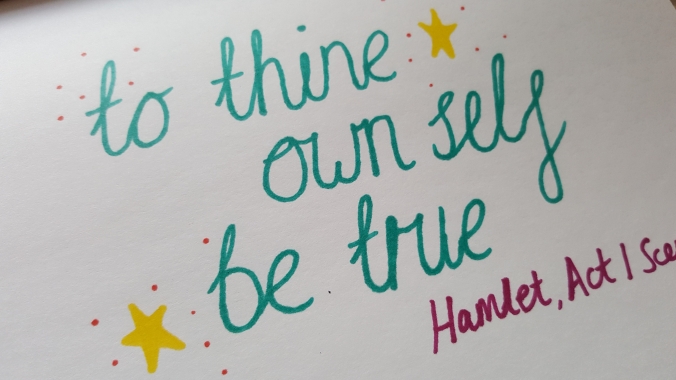
The iconic National Gallery in Trafalgar Square, London. The National Portrait Gallery is just around the corner.
Even though the year is pressing on (where did January go?!) and the snowdrops are starting to appear, spring and sunshine still seems like a lifetime away. If, like me, you are in search of some indoors activity to get away from the rain and the chill (yes, I think that 12 degrees is still pretty chilly!), I seriously recommend the National Portrait Gallery in London. Learn little snippets about personalities past and presents, while getting lost in their world through the exquisite detail conveyed onto canvas by the most talented of painters and artists. It is the perfect combination of educational and restful. For more information about the gallery, its location and opening times etc., please see their website.
The gallery is of course large, with rooms or wings for each period/century, and if you have limited time it is impossible to see everything. I have learnt that from many visits there! Even though I love the early modern period, I always want to see portraits from the other eras as well. With this in mind, I have compiled a list of Early Modern ‘must-sees’: portraits that you cannot miss. My personal favourites, they raise a variety of questions about early modern England, and are a fascinating insight into the times.
So, without further ado…
Sir Henry Unton, by an Unknown Artist. Room Number 2 – This is the most intriguing portrait in the entire gallery, in my opinion. Not  just a conventional portrait but also a biography, the amount of detail can keep you occupied for quite a while. Make sure to bring your magnifying glass to get the most out of this portrait.
just a conventional portrait but also a biography, the amount of detail can keep you occupied for quite a while. Make sure to bring your magnifying glass to get the most out of this portrait.
The Miniature Case, Assorted Artists. Room Number 5 – A beautiful collection of tiny portraits of key figures in the Stuart world. Look out for a square-framed portrait of a rather unobtrusive and worried Charles I.
Sir Henry Lee, by Anthonis Mor. Room Number 2 – Chosen for the fact that this is such an impressive painting. It looks as though it could almost be a photograph.
Henry Ireton, attr. Richard Walker. Room Number 5 – One of the generals in the Parliamentary Army during the Civil Wars, this portrait is wonderfully executed and is interesting for the military detail in the background.
King James I of England and VI of Scotland, by Daniel Mytens. Room Number 4 – How weary poor James looks in this portrait. Again, like the painting of Sir Henry Lee, this portrait is eerily emotive of a real person with whom we can connect.
John Donne, by an Unknown Artist. Room Number 4 – I love the somewhat haughty Donne in this portrait. Here is the young man who wrote all those love poems before his religious conversion.
Sir Francis Walshingham, by John de Critz the Elder. Room Number 2 – Elizabeth I’s secretary, but also infamous spymaster. It is a surreal experience to lock eyes with the man who foiled so many assassination attempts, without whom the sixteenth century (and everything that followed!) could have looked very different.
Sir Anthony van Dyck, by Sir Anthony van Dyck. Room Number 6 – I love to see the man behind some of the most famous portraits of the age!
King Charles I, by Daniel Mytens. Room Number 5 – Charles I is one of my favourite monarchs (controversial choice, I know!), so he had to get a mention here. He is surrounded by the classic signs of royal opulence for which he was so criticised.
Venetia, Lady Digby, by Sir Anthony van Dyck. Room Number 5 – A very overstated portrait, having a go at finding all the hidden symbols is good fun.
BONUS: Shakespeare and the Plantagenets. Room Number 3 – This is a small display of Tudor portraits of the Plantagenets, exploring their place in the popular cultural imagination. Definitely worth a look. Open until 1st December 2019.








